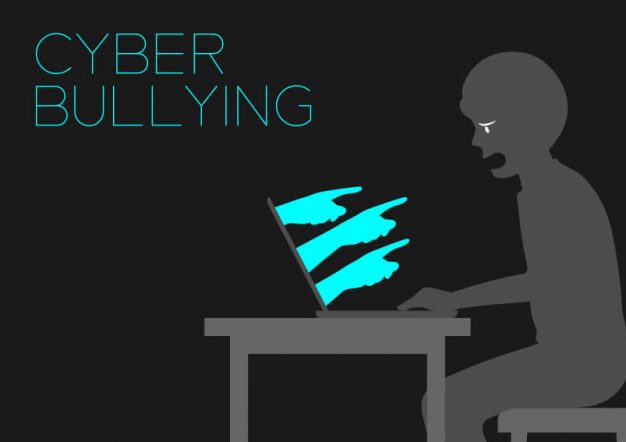Cyberbully Harassment
Introduction
Cyberbullying is a multifaceted issue that harms both the victim and the one who instigates said cyberbullying. The consequences of such cyberbullying vary for those who commit the act, but victims commonly suffer social and mental issues due to bullying. Due to the growth in the dependence and use of the internet, the consequences for this form of bullying have increased over the years.
Cyberbullying comes in various forms; each form can adversely impact the victim. As stated by the article "10 Forms of Cyberbullying | Kids Safety" (kaspersky.com), the various forms of cyberbullying include Exclusion, Harassment, Cyberstalking, Fraping, Fake profiles, Dissing, Trickery, Trolling, and Catfishing. Exclusion and harassment are the most common forms of cyberbullying: both involve targeting a victim. Exclusion is less severe for the victim; however, this form of cyberbullying is typically short-lived; those who commit this type of cyberbullying usually only have the goal of outing one from their social group. Harassment can be considered similar to exclusion, but this form of cyberbullying typically lasts longer than exclusion, as those who commit the harassment will target the victim and will attempt to put them in a negative light publically and through gossip.
Those who cyberbully commonly claim that they only committed for entertainment and will undermine the harm they caused to the victim. Those who bully in person will also use the same excuses as an attempt to defend themselves. The major issue of cyberbullying comes in the fact that those who cyberbully have a higher social status and think less of their actions due to the belief that they are online and, therefore, anonymous. Even with this aspect, many cyberbully others in plain sight, using their personal accounts. Overall, it is much easier to communicate one’s messages online, and the negative feelings that come from insulting the victim in real life are desensitized.
The main reason social media is very popular is the ability to easily spread one’s message or post an idea in the exact way you want to. This ease of precise communication is what directly leads to cyberbullying as those who cyberbully can easily create and send insults to the victim. The only “easy” way to put an end to cyberbullying is the removal of online messaging as this feature is widely used to spread insults. Removing this, however, completely negates the purpose of social media sites: easy communication with others. Most social media sites implement a report feature where victims can report the harasser. However, the issue that this feature has is that it can be abused to report those who are not harassers. Even if there were a more advanced validation system implemented for the abuse of this feature, those who harass can have work arounds, such as creating a new account or convincing friends to target the victim.
